Four generations of architecture: a foundation built on knowledge and experience
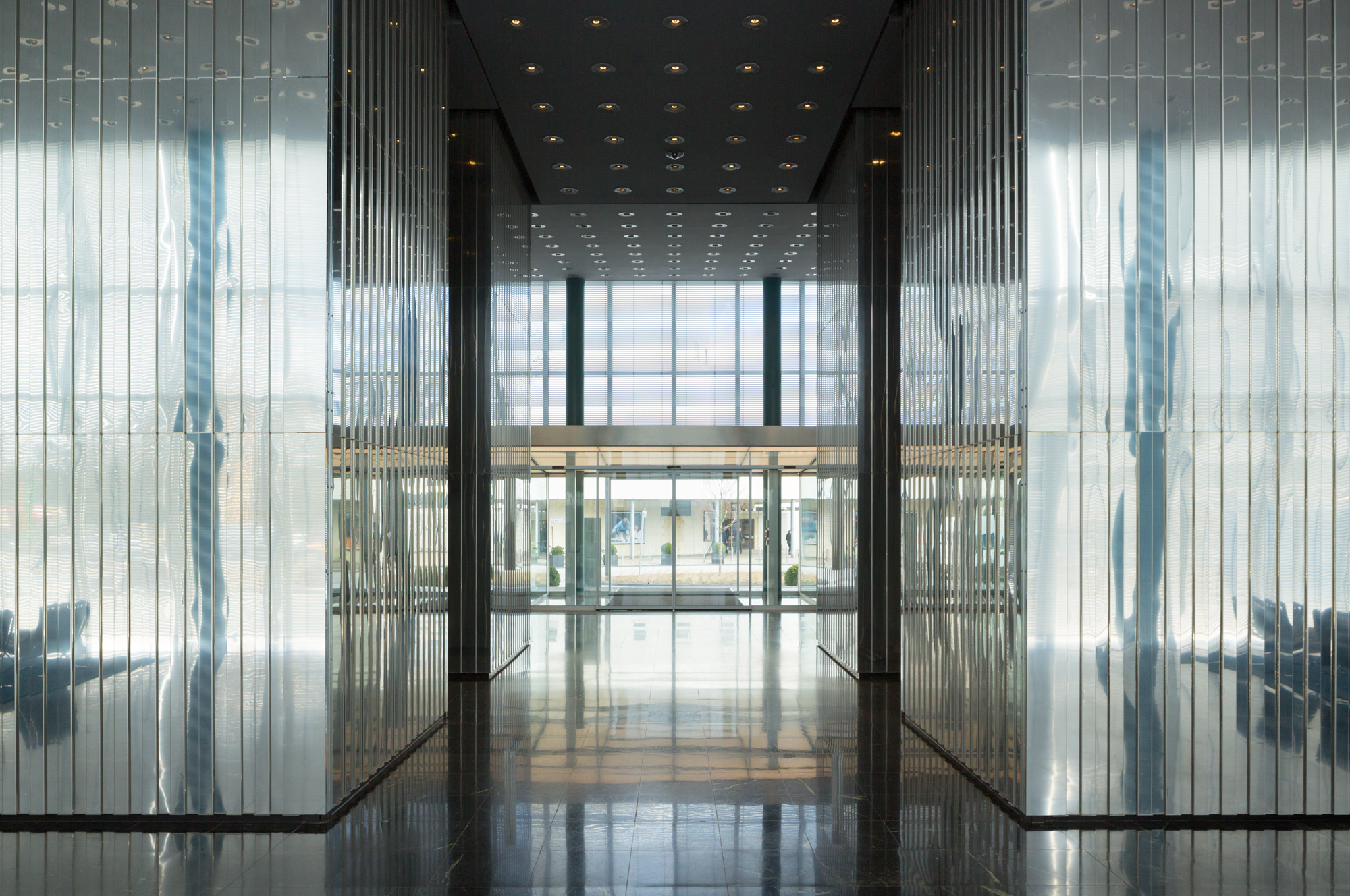
Our story
The foundation stone for our company was laid over 85 years ago. Our overriding philosophy is: architecture for its context and its time - free of stylistic dogma.
The early years 1950 1960 1970 1980 1990 2000 2010 until today
Founded by Helmut Hentrich
Helmut Hentrich studied with Hans Poelzig in Berlin and worked in various architectural offices around the world until 1933, when, after winning the Schinkel Prize, he founded the company in Düsseldorf, which has since become known as HPP. Two years later he teamed up with Hans Heuser.
The first projects
Most of the early commissions came from the private sector and consisted of residential buildings in Düsseldorf and the surrounding area. One of the first was the Kopfhaus in Inselstrasse near the Hofgarten.
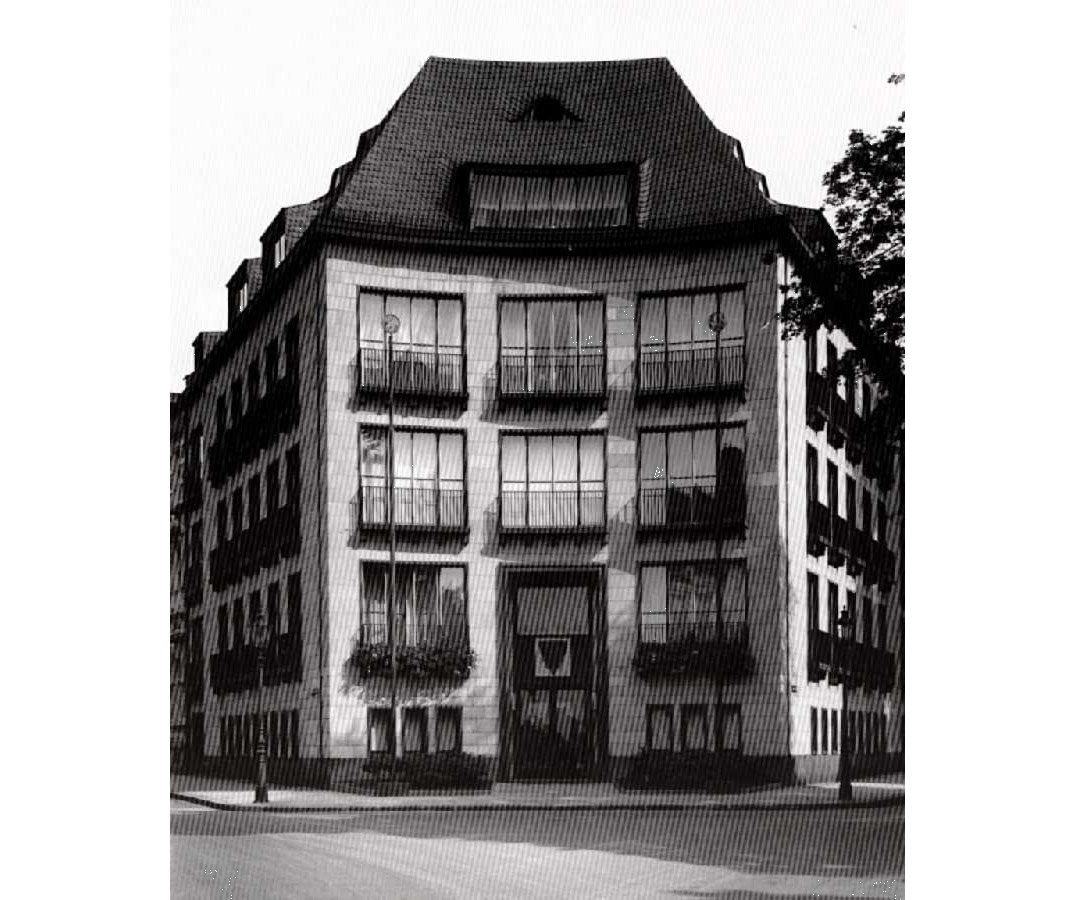
Architecture and Politics
The founding of the company coincided with the seizure of power by the National Socialists and resulted in significant restrictions; creative freedom was increasingly limited. Hentrich writes that his personal contacts enabled him both to avoid having to become a party member until 1940 and to pursue his professional activity continuously until the last weeks of the war.
The 1950's – from Neoclassism to New Lightness
The cultural and political conservatism of the 1950s contrasts with the prevailing perception of the time, which is probably of greater interest today: the concept of a new lightness that plays with new elements, also in formal terms, and that expressed architecture and design in a successful and popular way.
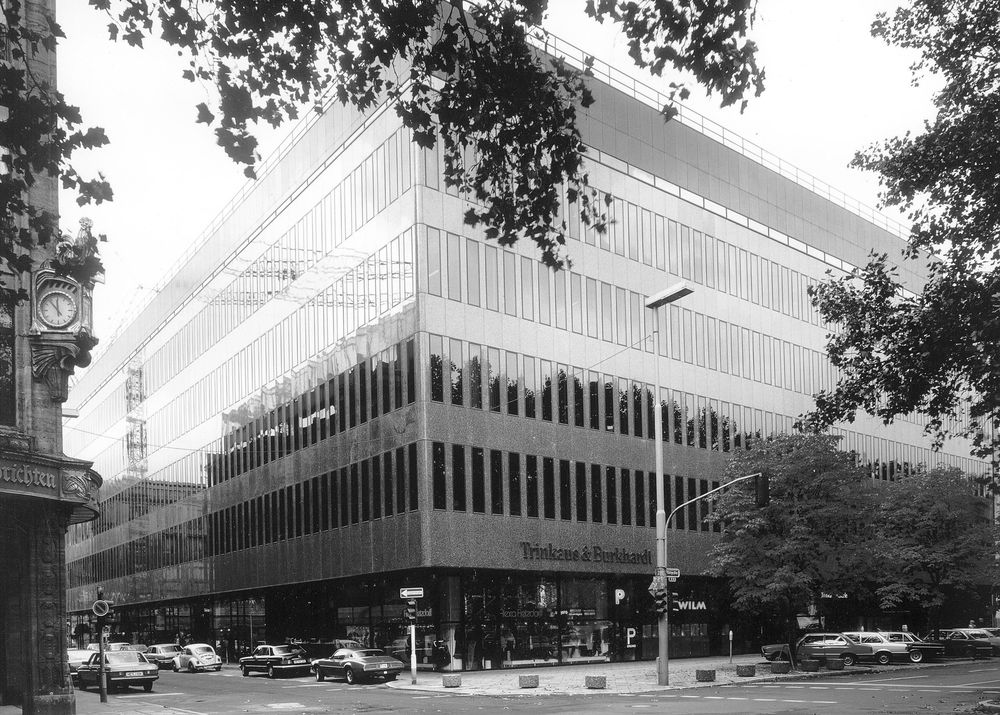
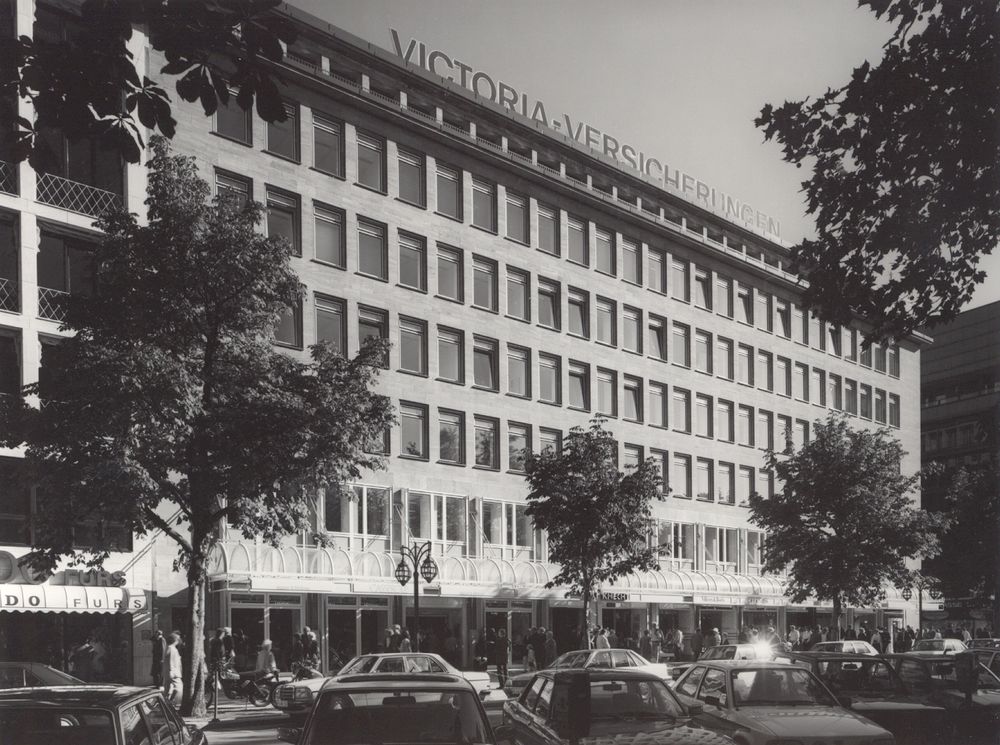
left: Bankhaus C.G. Trinkaus, Düsseldorf (photograph taken in the 1970s), right: Victoria Insurance, Düsseldorf
Particularly at the beginning of the 1950s, rigorous neoclassical perforated grid façades were still to be found. Two of the important projects of the early 1950s were the building for the Victoria insurance company and the building for the C.G. Trinkaus bank, both in Düsseldorf, both with cast stone cladding.
1952
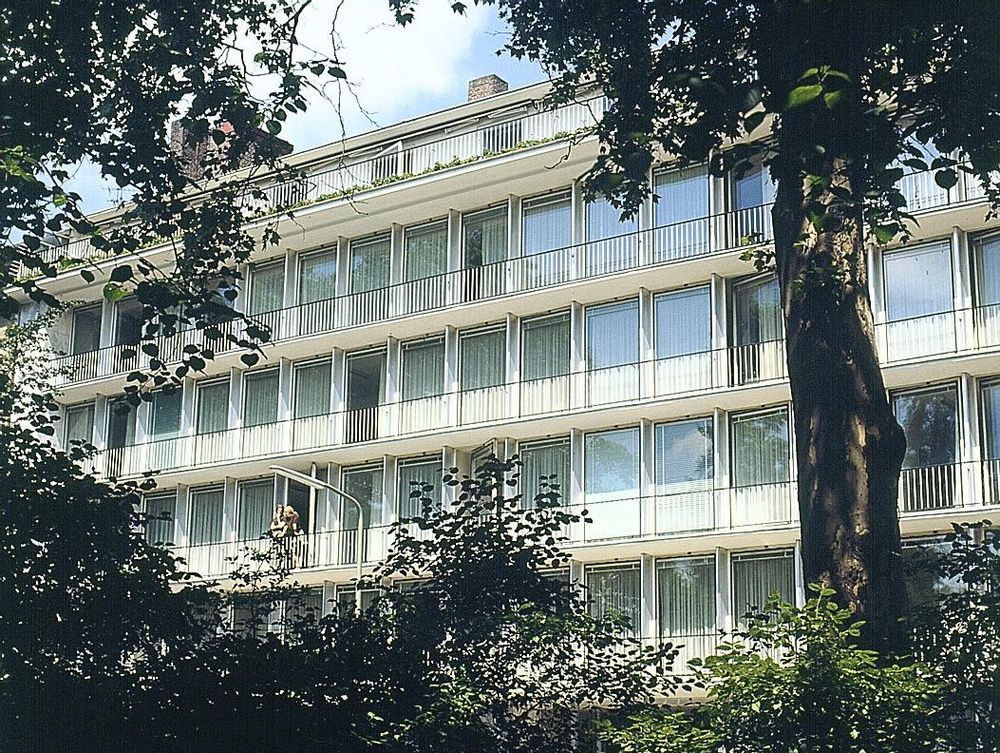
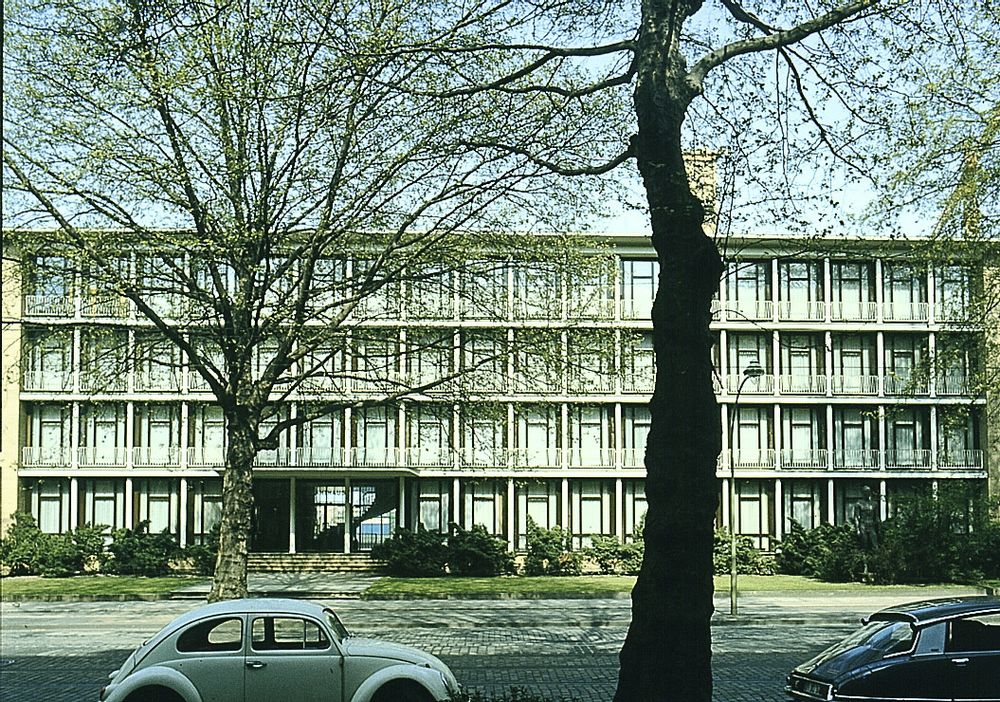
Aluminiumhaus and Drahthaus, both in Düsseldorf
On the other side of the stylistic spectrum, the Haus des Einzelhandelsverbandes (1952), the Aluminiumhaus (1952/53) and the Drahthaus (1952), built for the Verband der Drahtindustrie (German Wire Industry Federation), all three document the transition to the new transparency in their different façade concepts.
1953
Following Hans Heuser's early death, Helmut Hentrich continued working in partnership with Hubert Petschnigg
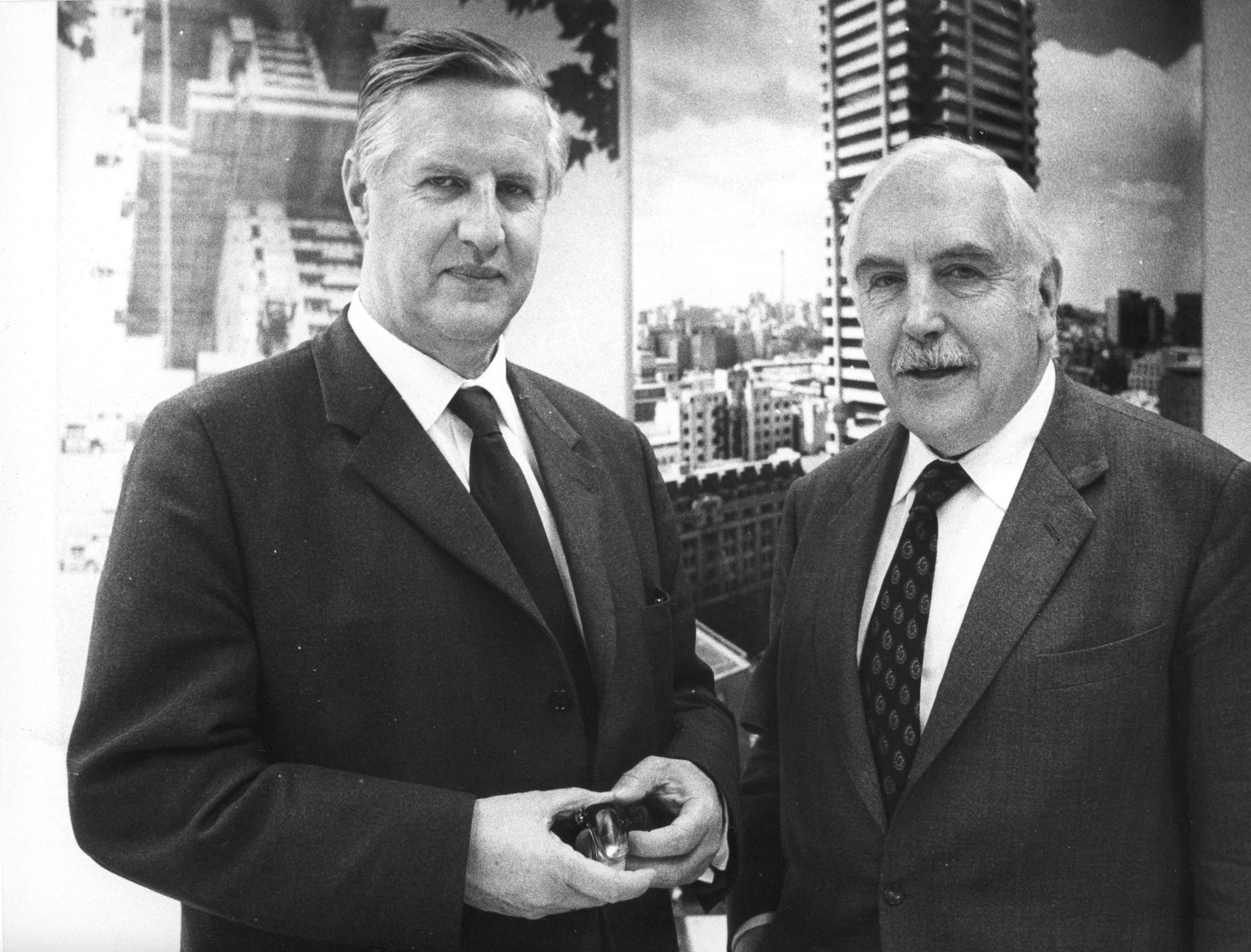
1960
The Dreischeibenhaus
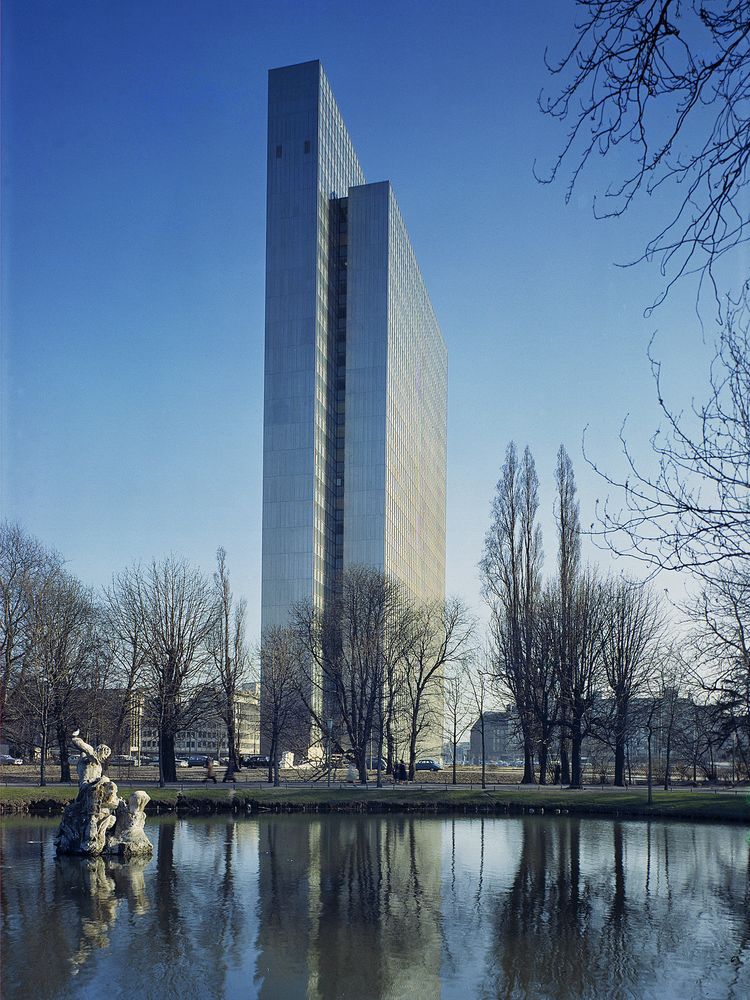
formerly Thyssen house, today Dreischeibenhaus
The administrative building constructed by Helmut Hentrich and Hubert Petschnigg for Phönix-Rheinrohr AG (Thyssen from 1964) is regarded as one of the icons of German post-war architecture. This was the first steel skeleton construction of its kind in Europe. More than half a century later we successfully revitalised the Dreischeibenhaus.
1968
Internationalisation
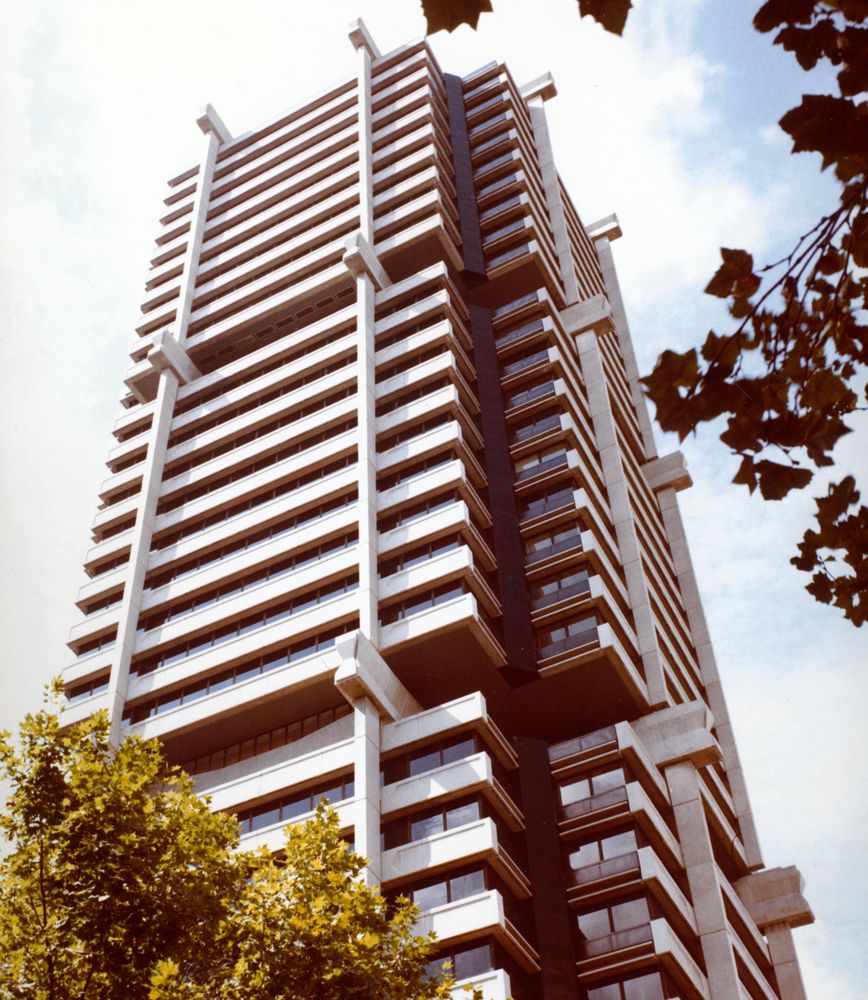
Standard Bank Centre – Johannesburg
We were the first German architectural office to venture abroad. We designed a new head office for the Standard Bank Centre in South Africa in 1968. The first high-rise building in the city at the time was innovative in many respects. The building, designed as a suspended construction, no longer focused on the smooth façade surface that had been customary until then, but rather attained an almost sculptural note with its arms projecting far out of the structured façade.
1971
Corporate Architecture for Rank Xerox
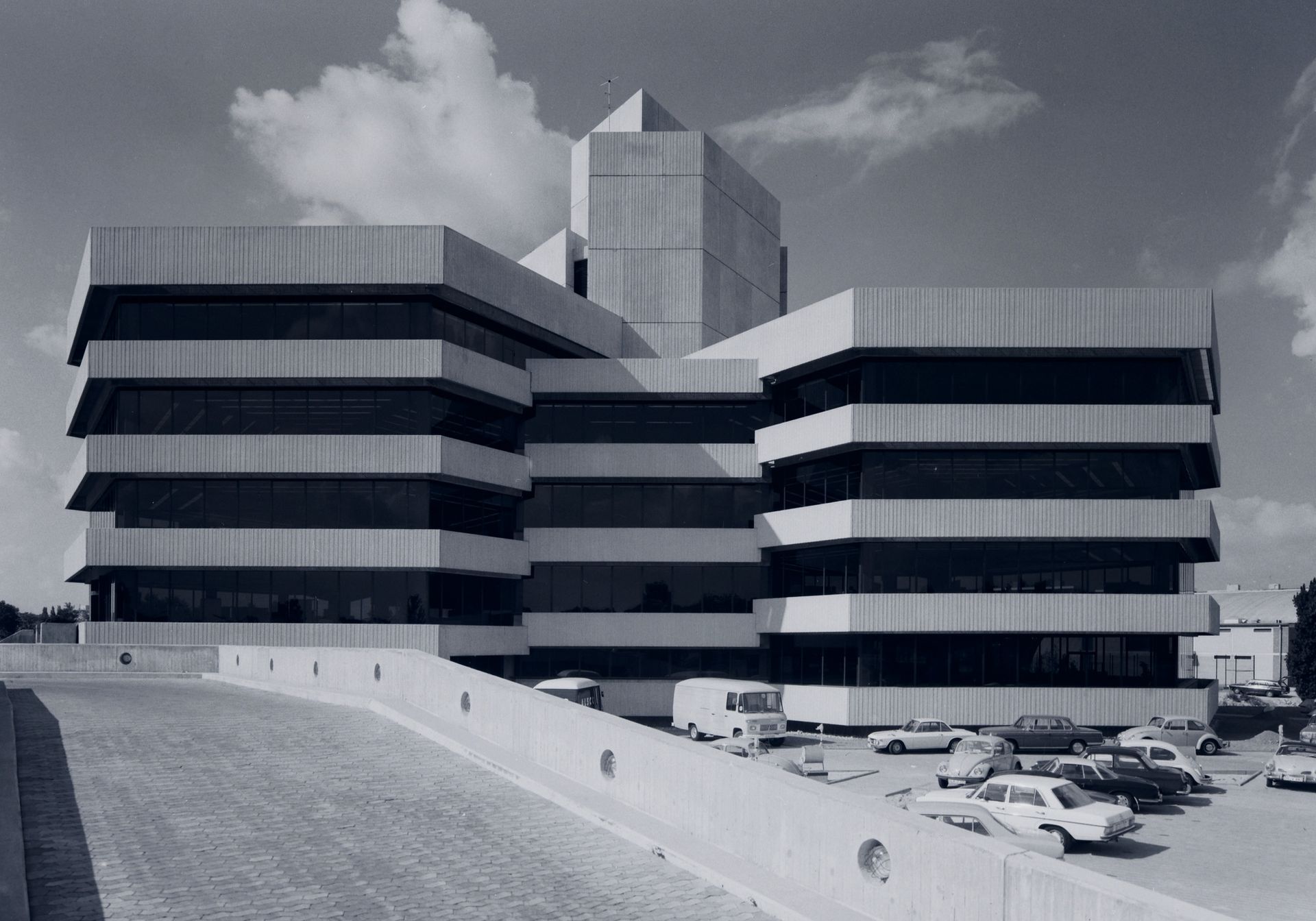
We developed one of our most striking administrative buildings for Rank Xerox in Düsseldorf, the surrounding emergency escape balconies of which, with their exposed concrete balustrades and steel window ribbons make clear reference to the visual symbols of brutalism popular at the time.
1974
The first change of generation
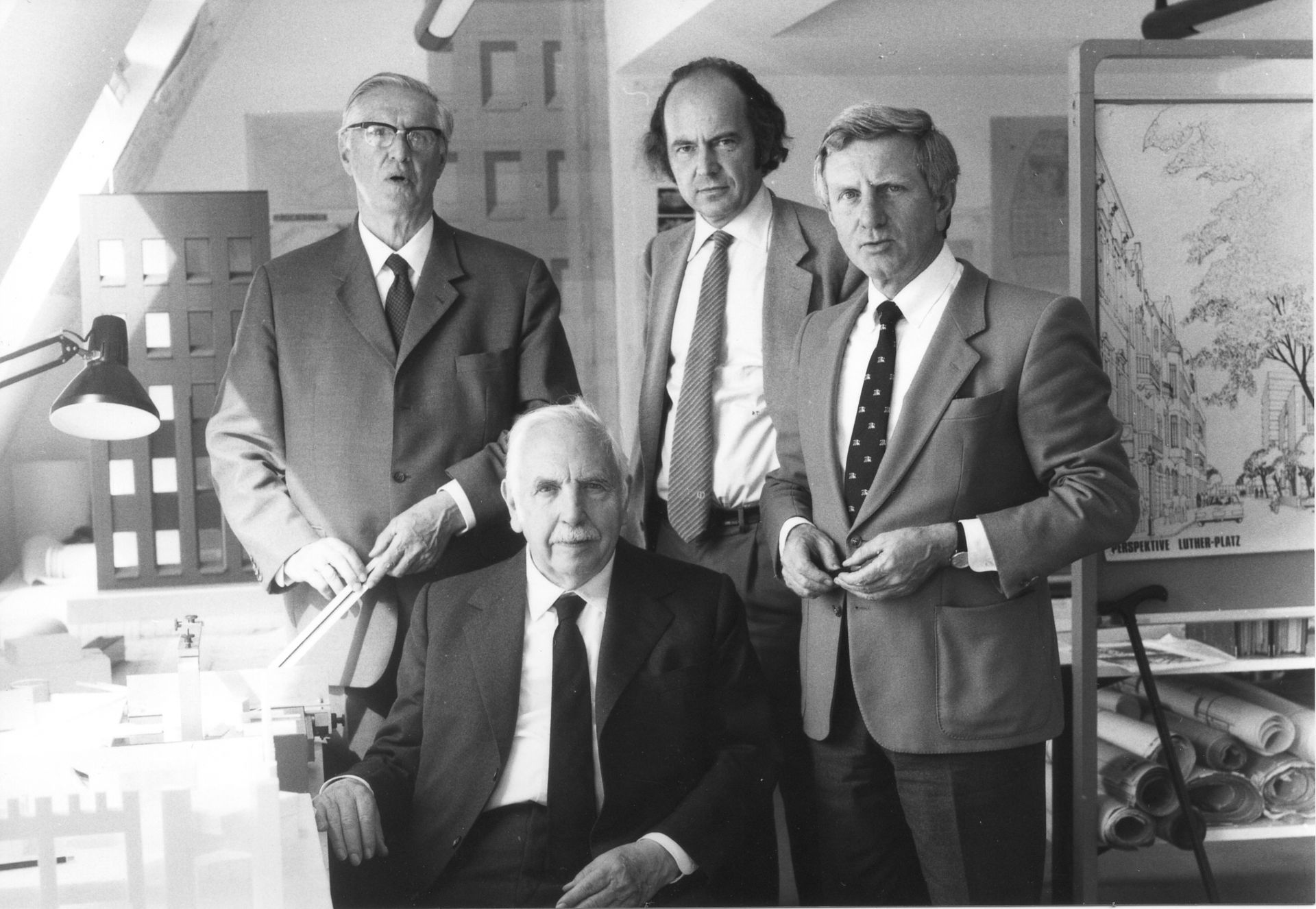
Founders Helmut Hentrich (2nd from left) and Hubert Petschnigg (l.) hand over the leadership and personal responsibility of the company to Rüdiger Thoma and Hans Joachim Stutz.
1975
Tonhalle Düsseldorf
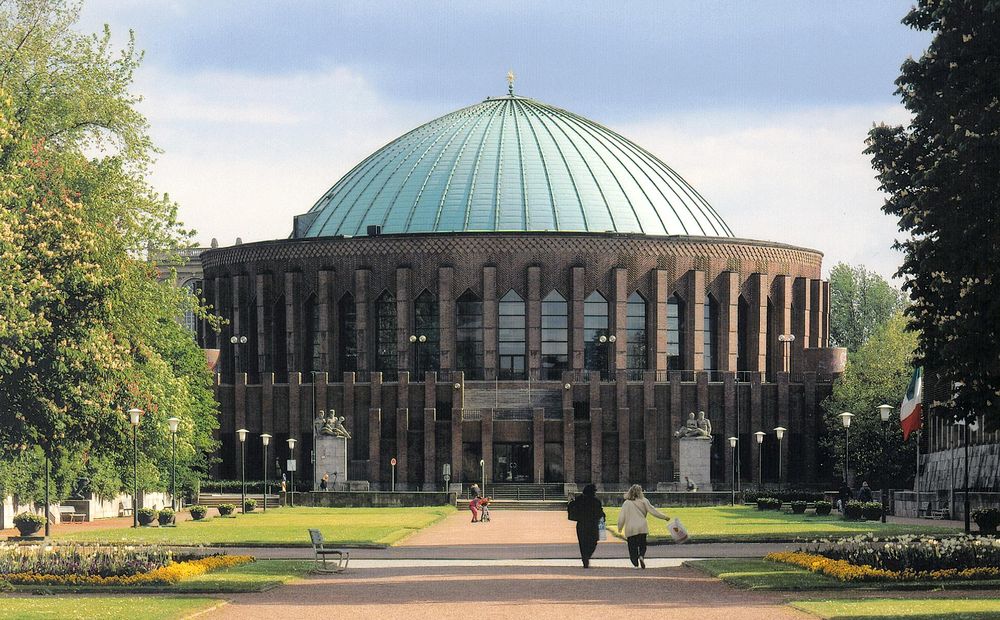
Function vs. functionalism
What we have always been interested in, irrespective of style: historical building fabric - and making the best of it. Helmut Hentrich was already using the local and historical forms of expression as points of orientation for his work - also as a counterpoint to the functional modernism of the many administrative buildings.
This approach has become exemplary for us: to preserve the basic typological form and the external appearance of historical buildings that characterise the cityscape and to renew them for contemporary use by means of interior modifications or conversions.
1980
Completion of the Ruhr University in Bochum
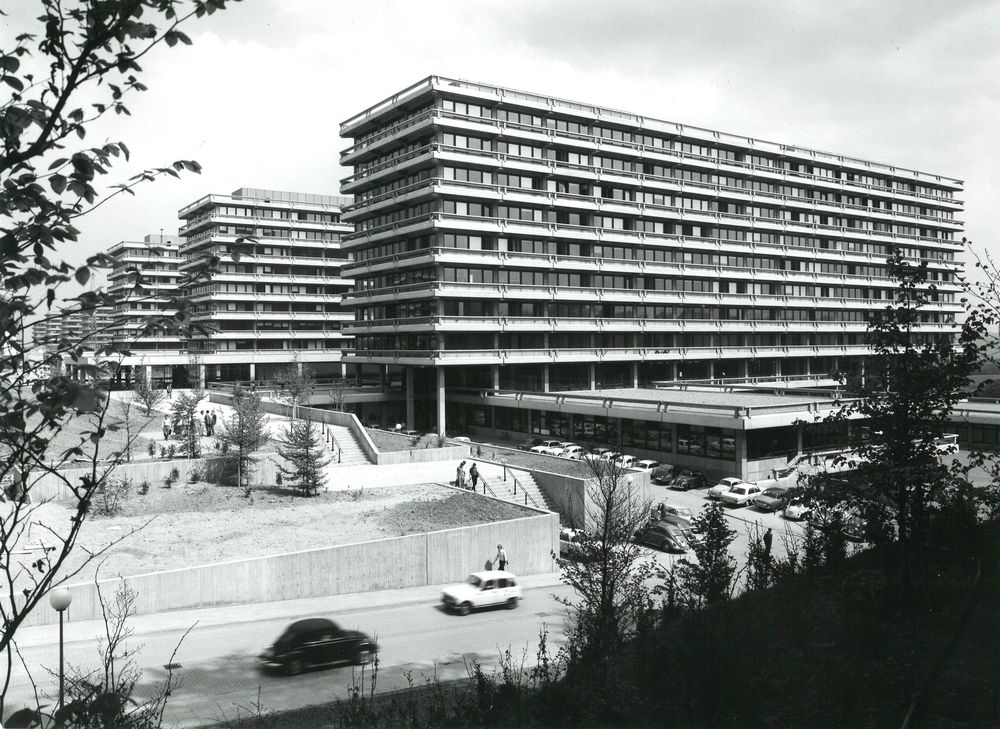
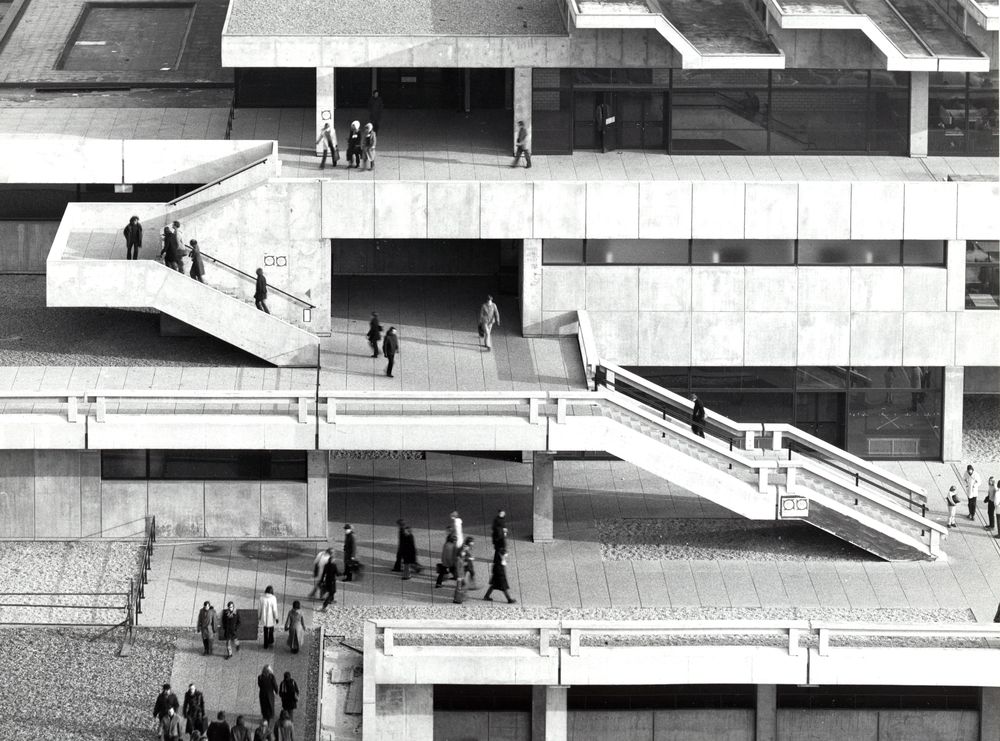
The Ruhr University in Bochum, which was completed in 1980, was innovative in many respects. HPP's design, which won this first major international competition, in which Alvar Aalto, Jacob Berend Bakema, Johannes Hendrik van den Broek, Walter Gropius and others also took part, resulted in a complex large-scale architectural form with parallel, externally identical institute buildings, which were accessed via a wide central axis. Economic efficiency as well as a typification of the unbundling of passenger car and pedestrian traffic were the defining characteristics.
1986
We and postmodern age
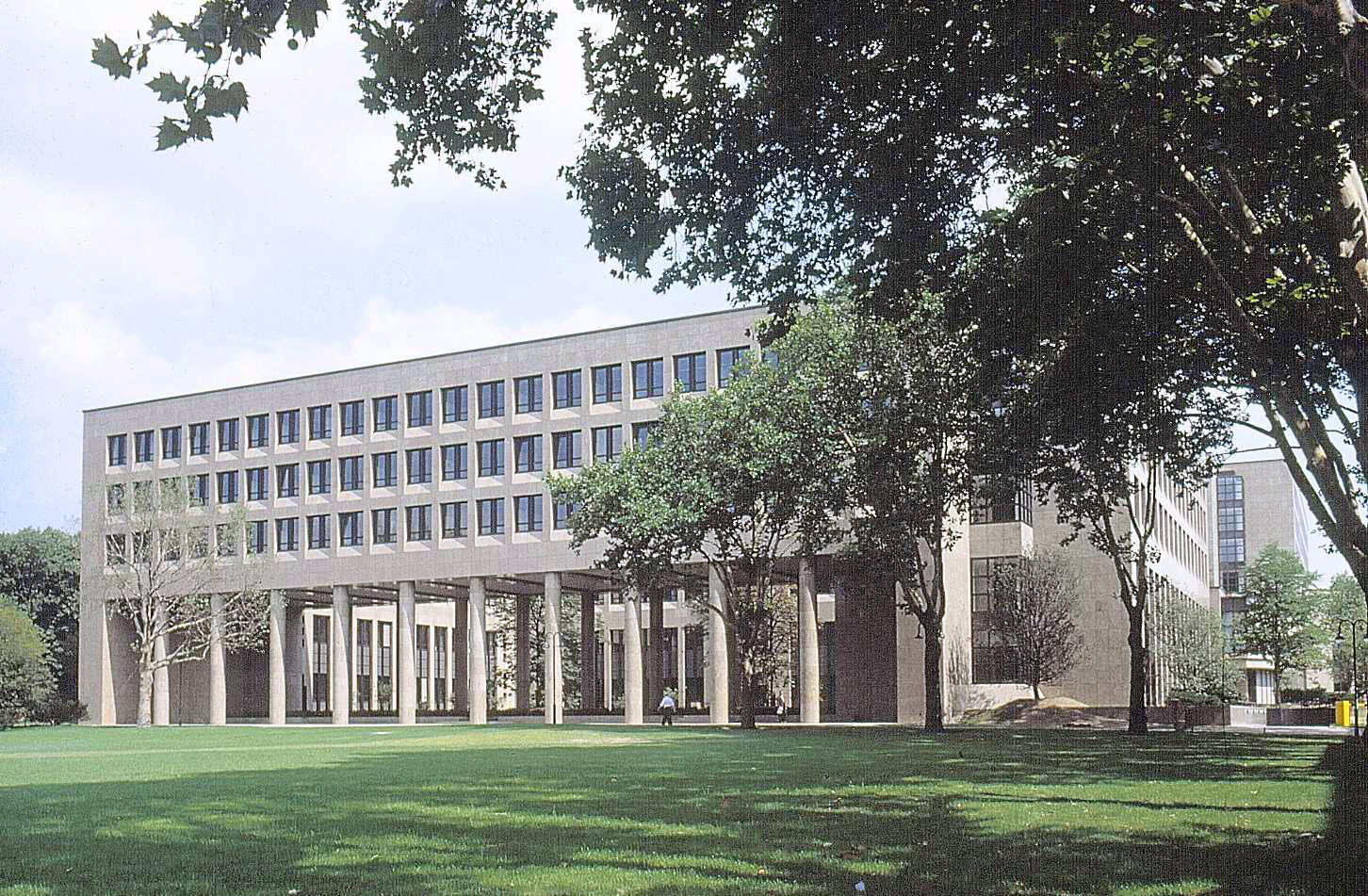
Head Office Victoria Insurance, Düsseldorf
It comes as no surprise that a firm like HPP, which is defined by a clear formal vocabulary committed to modernity, was rather reserved in the face of postmodernism. Nevertheless, we ventured a number of approaches. The first construction phase of the Victoria Insurance headquarters in Düsseldorf is worthy of mention. At the beginning of the 1980s, it found expression in a majestic building with gleaming polished façades and sturdy columns that enclose an atrium-like courtyard of honour in strict symmetry.
The 1990's
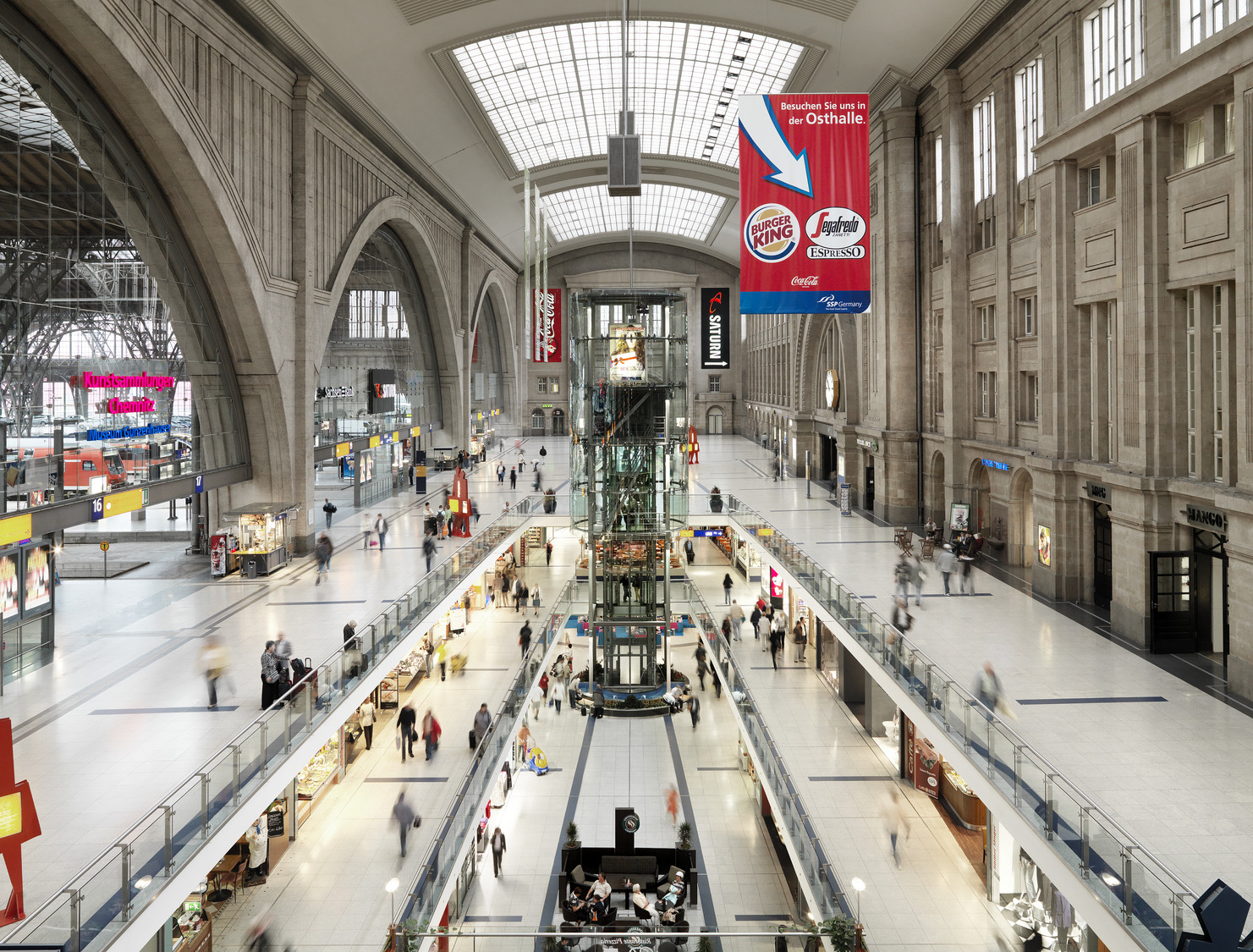
Leipzig Central Station
One of the largest projects in the 1990s was the renovation and revitalisation of Leipzig Central Station. Here we were able to show how the meshing of functions - in this case vertically through several floors - can be solved in an exemplary manner. The traditional function as a transport building was combined with that of the shopping arcade while preserving its historical character.
1997
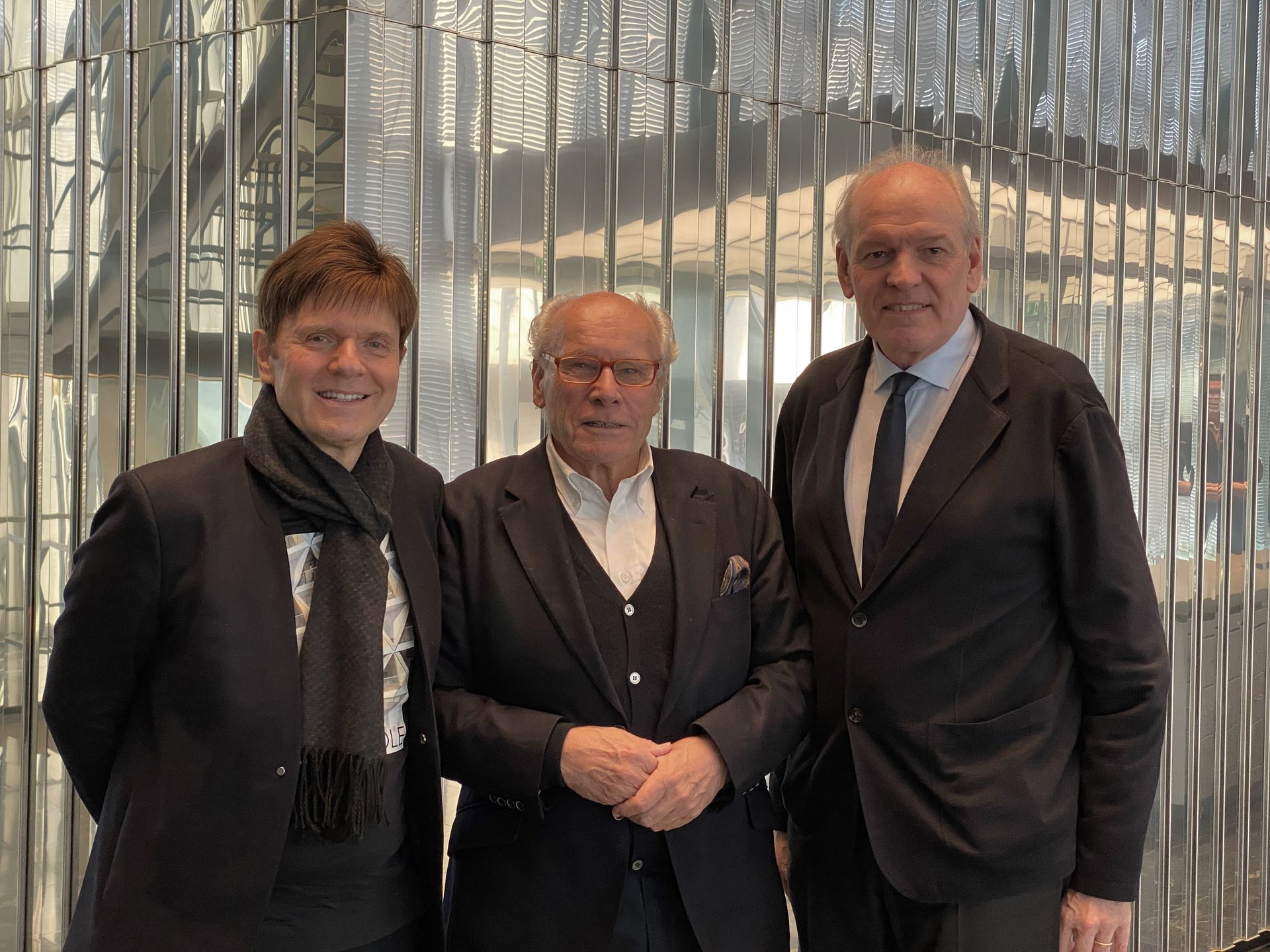
In 1997 Joachim H. Faust becomes managing partner, in 2002 Gerhard G. Feldmeyer is also appointed to this role and they join forces with Hermann Henkel to run the company.
f.l.t.r.: Gerhard G. Feldmeyer, Hermann Henkel, Joachim H. Faust (picture was taken in 2022)
Growth in China
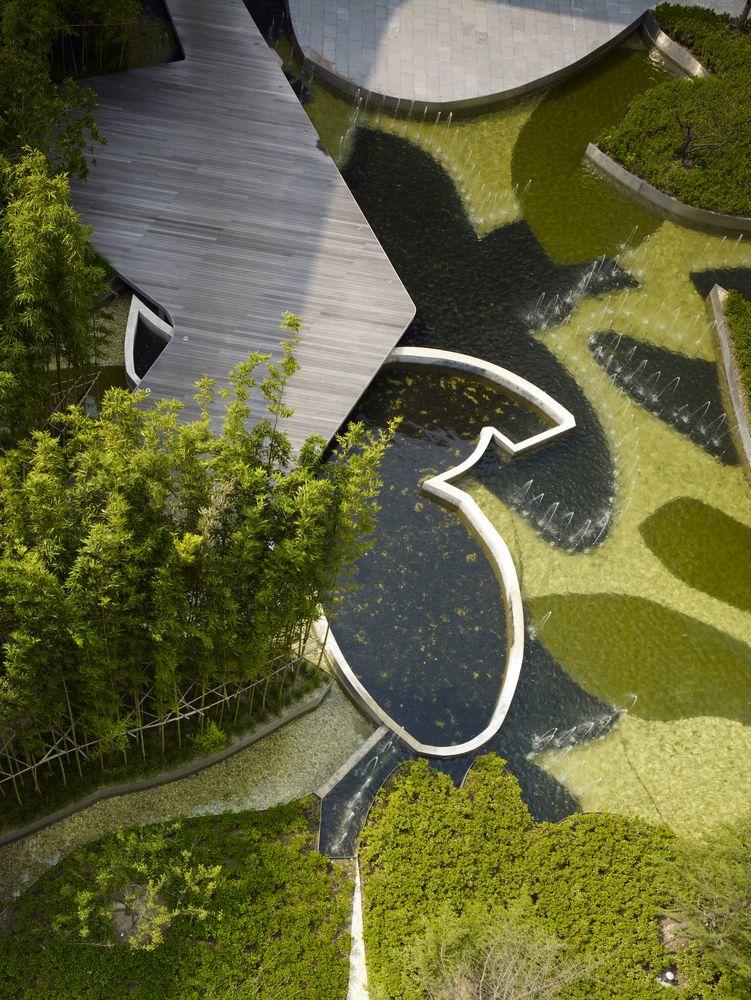
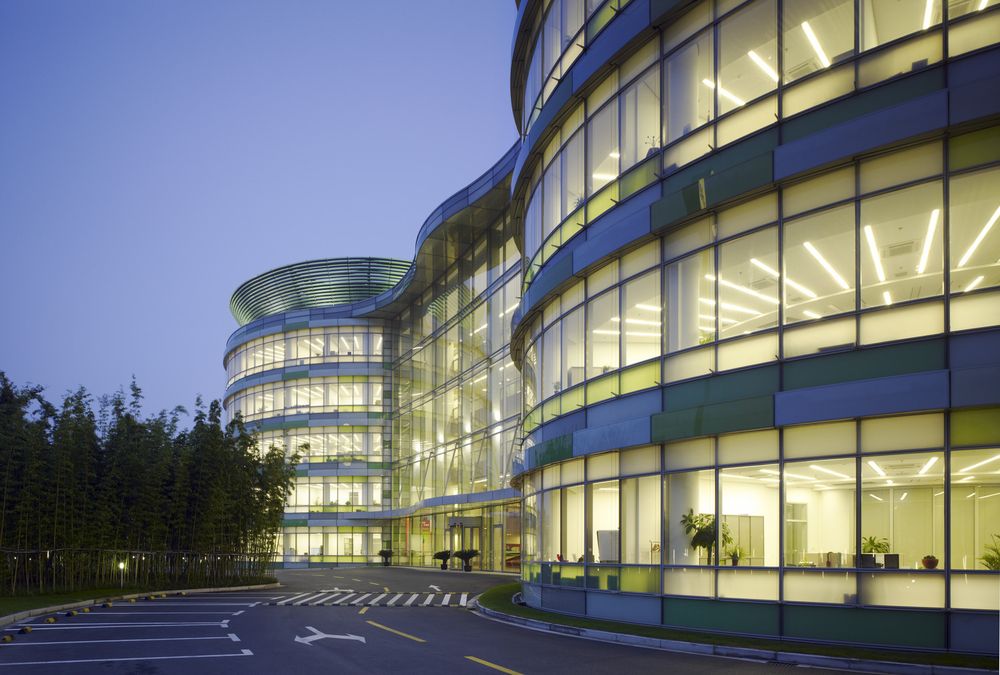
Henkel Technology Center Asia-Pacific, China
Foundation of the Shanghai office
In 2002, we opened an office in Shanghai as our first permanent location in China. We successfully broke through into the Chinese market with the competition we won in 2006 for the Expo Village at the World Expo in Shanghai 2010.
In 2017 we opened our second Chinese office in Beijing, by 2019 HPP grew to over 100 employees in China and we opened a third office in Shenzhen.
2006
Modern Working Environments
Openness, transparency and flexibility, particularly with regard to the spatial design of the offices, are the hallmarks of Santander Bank's new German headquarters in Mönchengladbach built in 2006.
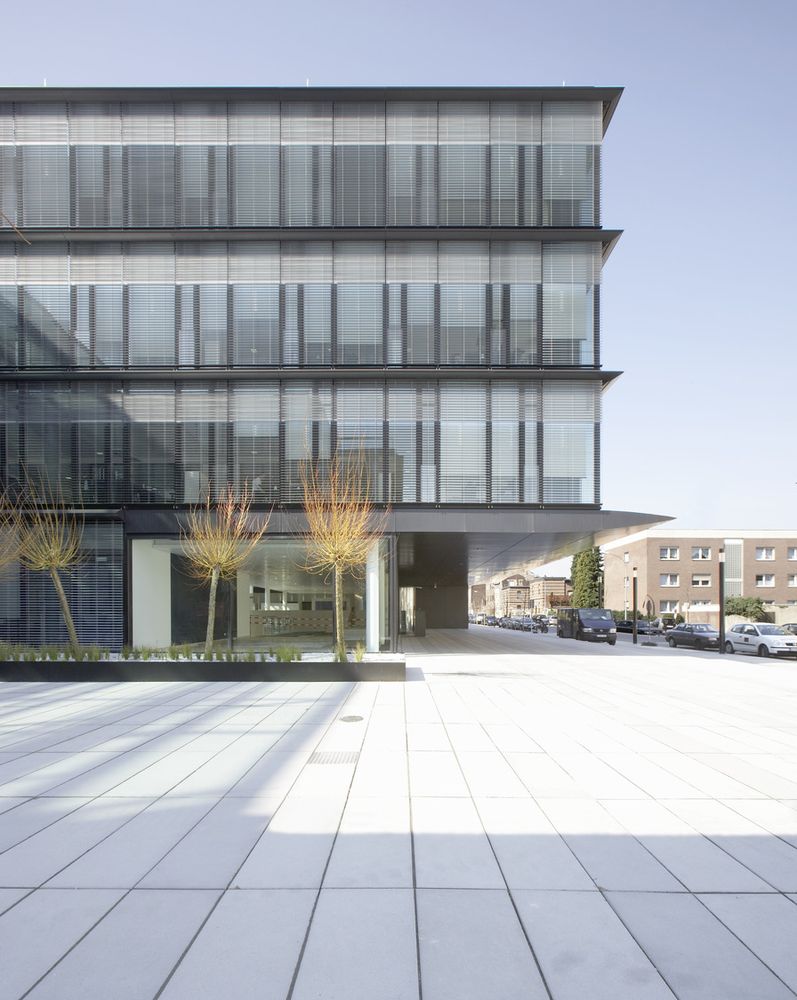
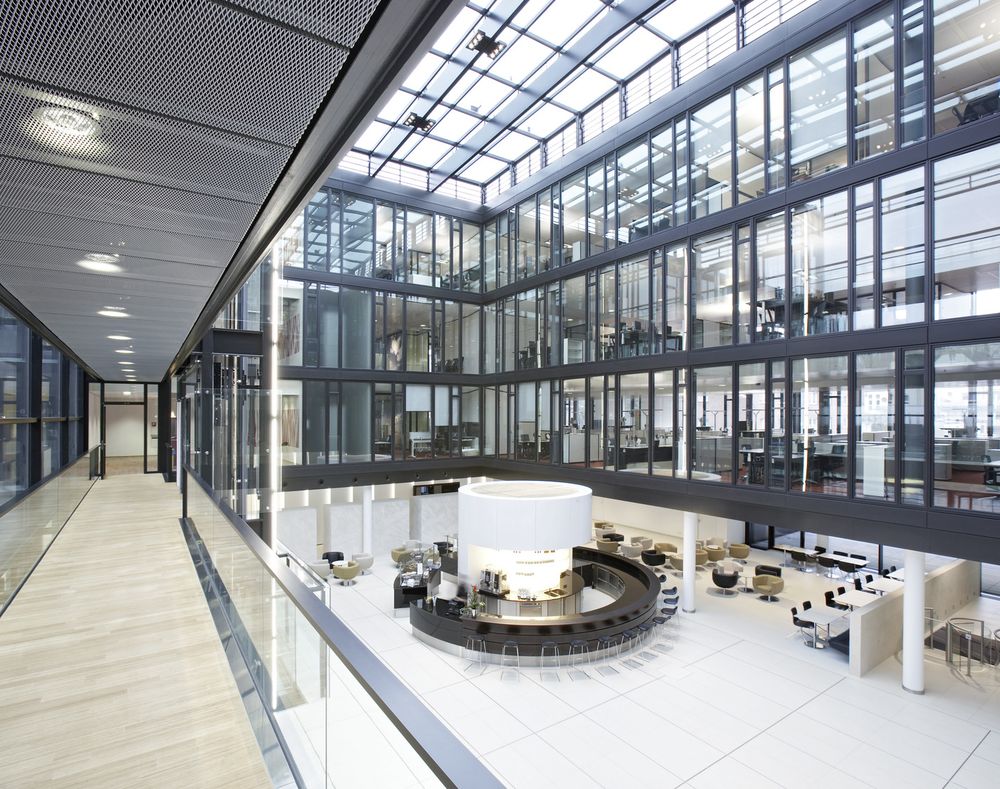
Corporate headquarters in particular have always been one of our key focuses: the corporate headquarters of the 20th century are increasingly turning into identity-generating working environments - both for the employees and for the company - combined with high technical standards and flexible use.
More about our typology expertise
2007
The partnership, up to this point a limited commercial partnership (KG), receives the legal form of a limited liability company and limited commercial partnership (GmbH + Co.KG) with managing partners Joachim H.Faust and Gerhard G. Feldmeyer and shareholders Gerd Heise, Remigiusz Otrzonsek, and Volker Weuthen.
2008
The group of shareholders is expanded to include Werner Sübai.
2012
The Istanbul office opens
Today, the city of Istanbul, with a population of 14 million is regarded as the Shanghai of Europe. The city is broadening and on the Asian side of the city an international financial centre is currently under construction. In 2012, we opened our fourth office outside Germany in the city on the Bosphorus and now have a presence in the city with several major projects, including the AND Tower business tower, the office towers of Maslak Square and the mixed-use quarter AND Pastel.
2013
More than 1000 projects and four generations of Partners, Project Partners, Managing Directors and Boards of Management later:
80 years of HPP!
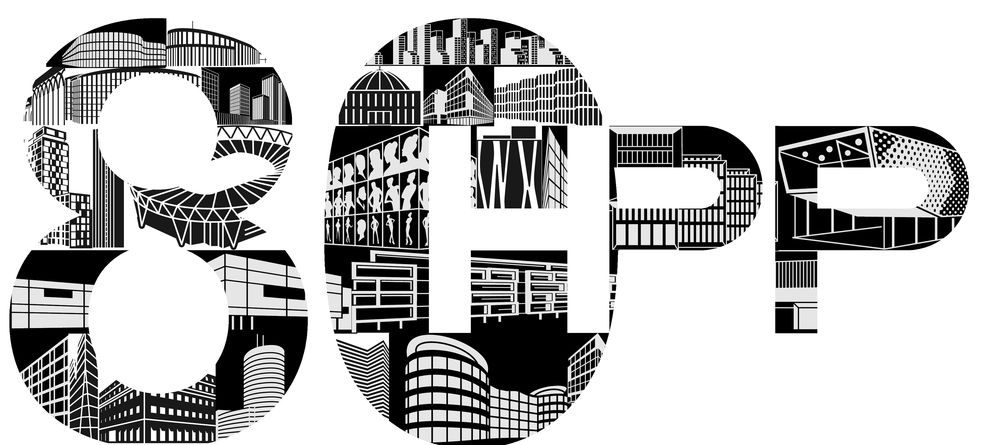
2014
Burkhard Junker is a new member of the HPP group of shareholders.
2017
HPP are now operating as HPP Architekten GmbH.
2018
Following the principle of continual renewal, we restructured our partnership: we expanded the circle of partners and introduced a further tier of associate partner.
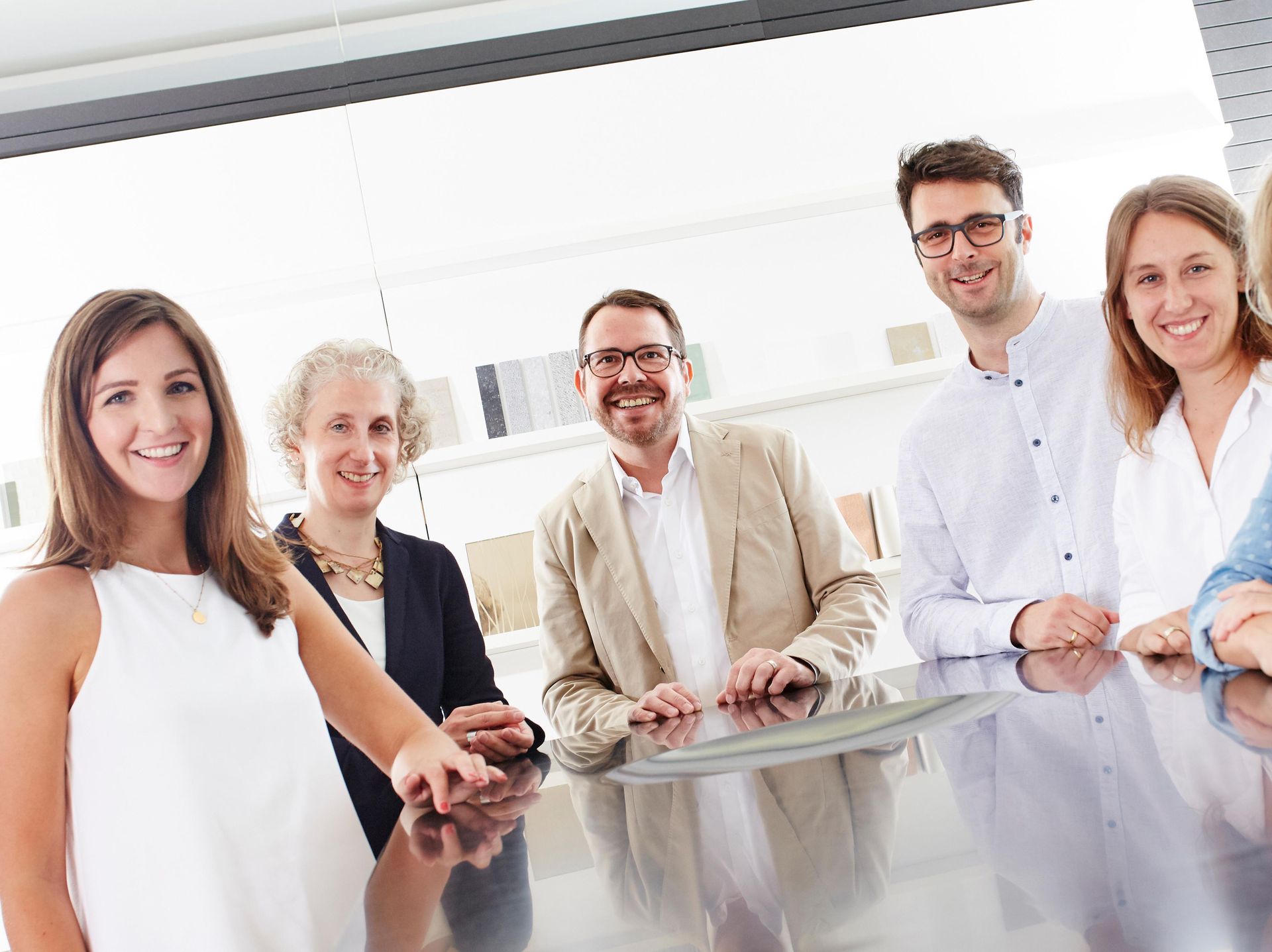
2020
Volker Weuthen becomes a managing partner and assumes direction of HPP Architekten GmbH together with Gerhard G. Feldmeyer and Joachim H. Faust. Gerd Heise resigns from the HPP Architekten GmbH after 40 years while Claudia Berger-Koch becomes senior partner of HPP Architekten GmbH.
2021
After 34 years at HPP Joachim H. Faust resigns as managing partner according to HPP regulations at the end of 2020. Antonino Vultaggio becomes senior partner of HPP Architekten GmbH.
2023
At the end of 2022, Gerhard G. Feldmeyer left the company as Managing Director in line with the provisions of the partnership agreement. From 1 January 2023 Burkhard Junker is appointed as a Managing Director. Stephan Kauert is a new member of the shareholder group.
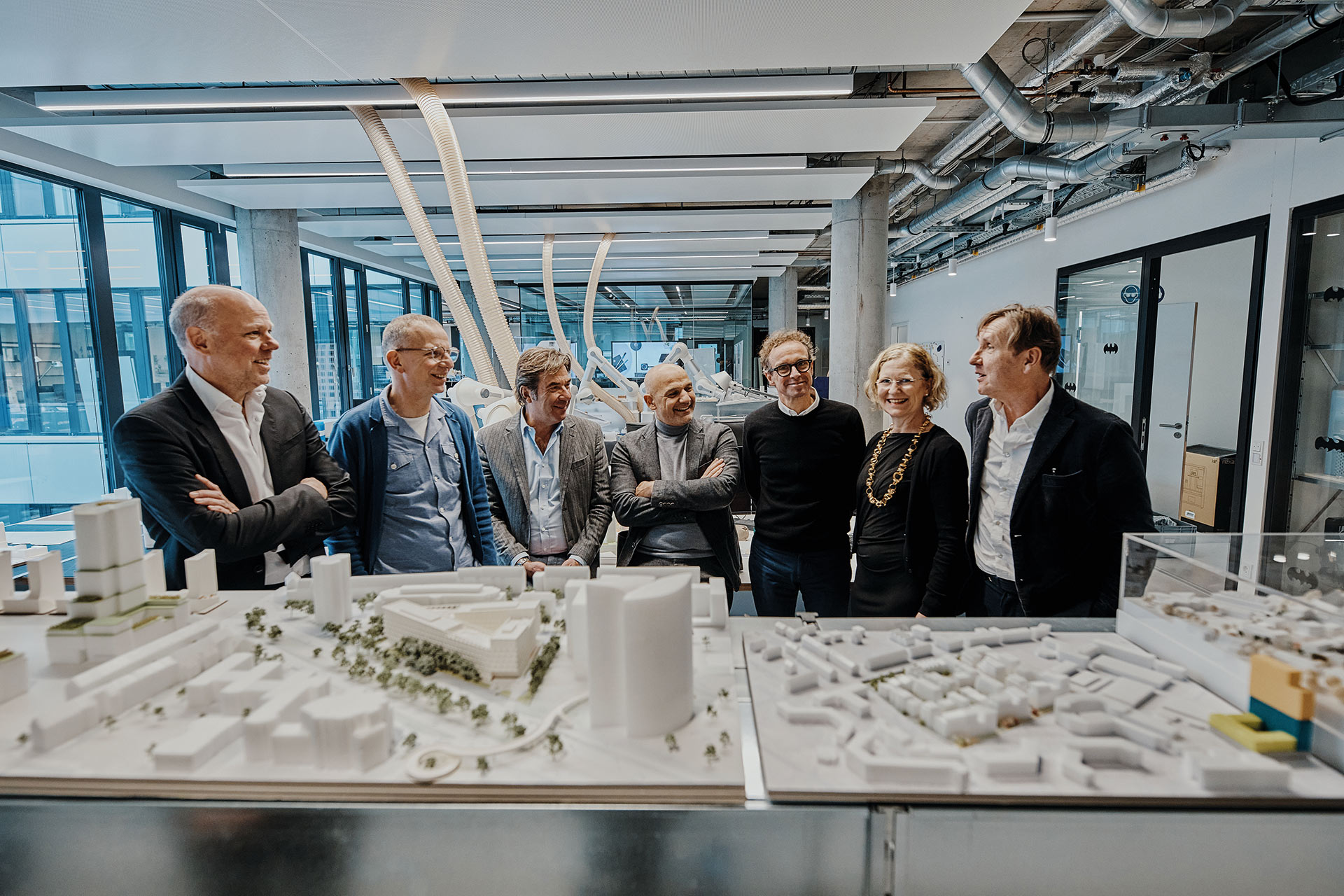
Senior Partner: v.l.n.r.: Burkhard Junker, Werner Sübai, Volker Weuthen, Antonino Vultaggio, Stephan Kauert,
Claudia Berger-Koch, Remigiusz Otrzonsek
2024
At the end of 2022, Volker Weuthen left the company as Managing Director in line with the provisions of the partnership agreement. From 1 January 2024 Claudia Berger-Koch is appointed as a Managing Director. Matthias Faber is a new member of the shareholder group.
Continual professional development is the driving force behind our evolution and growth. At the same time, it builds on a respectable foundation composed of our buildings and the corresponding approach. This enables us to pass on an enormous treasure trove of accumulated knowledge and experience to future generations.

We're looking forward to many more years of exciting times
Our services
Architecture
Design and execution for newbuild, refurbishment, conversion and listed building projects.
Interior design
Working environments an inspiring spaces that are exciting to be in and that foster identity.
Neighbourhood and urban design
In Germany we are creating new neighbourhoods, in China we are building entire cities.
Project management
Representing the interests of the client and ensuring the quality of the work produced.
